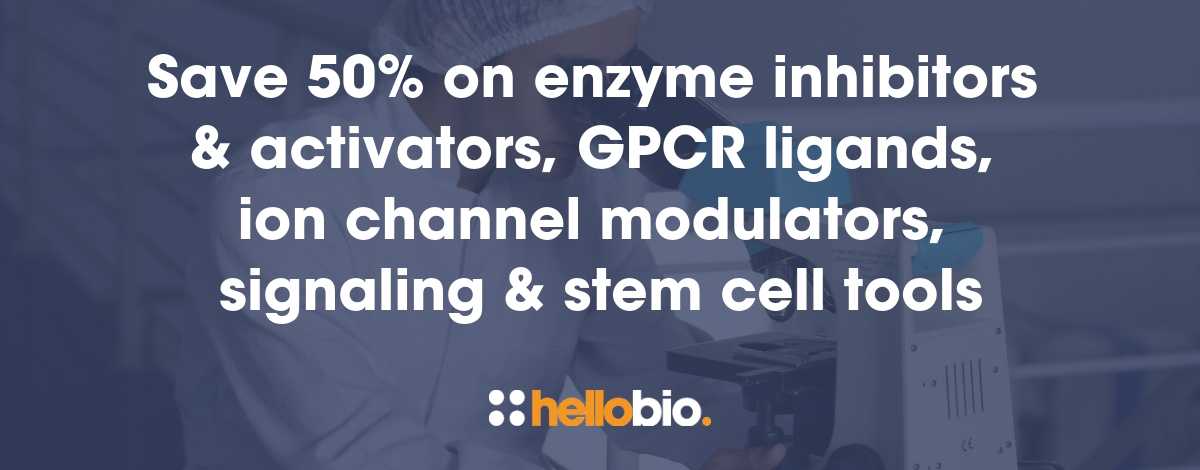Resources for Life Science PhD students
One of the things we’re most passionate about is supporting early career life scientists.
As well as publishing our PhD guides here on the blog, speaking to brilliant PhDs for our ‘Interviews with Scientists’ series, and giving our community a platform via our guest blogs, we also have a whole host of resources to help and support you once you get going in the lab.
As you’ll know if you follow us on social media, we’re always looking for ways we can better support our customers, so if there’s a resource you’d love to see please do let us know!
PhD Guides
Our PhD guides include topics such as:
- The Life Scientists' Guide for New PhD Students
- Common PhD Problems and How to Get Past Them
- Tips for Poster Presentations at Scientific Meetings & Conferences
- How Early Career Scientists Can Use Social Media Effectively
- ...And lots more! See all of them here
Apply for a Travel Grant
Every month, we give away a $500 travel grant (or the equivalent value depending on where you live) to a life science PhD or a postdoc. This fund is to help you attend any scientific conference related to your research, anywhere in the world, by covering all or part of your travel costs or registration fees. There are no complicated rules or regulations, application is open to any life science postgrad, and it’s really quick and easy to apply.
Our past winners have used the fund to attend a variety of different conferences, including SfN and FENS meetings, Gordon Research Conferences, and more.
What’s more, every travel grant winner has the opportunity to feature on our blog and social media channels if they want to!
If there’s a conference you’re planning to attend, apply for this month’s grant here.
Mini Reviews, Pathway Posters, and Product Guides
We have a whole section of our website dedicated to our mini-reviews, pathway posters, and product guides to answer questions on a range of topics related to our products.
Our mini-reviews offer a quick and easy way to find out the essentials relating to a life science area. They’ve all been written by our PhD qualified technical team who are experts in their fields, and many are also endorsed by our Scientific Advisory Board. We’ve covered DREADDs, Synaptic Plasticity, Neural Stem Cells & Small Molecules, and more. Whether you’re totally new to an area, or feel like you could do with a refresher, we hope you’ll find them useful!
Our pathway posters are there to provide a basic overview of key topical signaling pathways. Currently, we’ve covered major signaling mechanisms involved in mGlu5 and mGlu1 LTD and signaling pathways in pain. If there are more you’d like to see, just let us know.
And finally, our product guides summarise key product areas to help you choose the right products.
Molarity Calculator
Molarities are easy to get into a muddle with. We’ve all been there. We created our molarity calculator to provide a fast and easy way to calculate the mass, volume, or concentration required for making a solution.
There are 4 parameters when it comes to solutions: mass, concentration, volume, and molecular weight (MWt). If you input any three of the four parameters into our calculator, it will work out the fourth. Ta-da!
In the lab, the sort of questions you can use this tool to answer are:
- “I want to make a solution and know the volume and concentration that I require… so what mass of compound do I need?”
- “I’ve weighed out a known mass of compound, and want to make a solution of a specific concentration… so what volume of solution do I need to add?”
- “I’ve dissolved a known mass of compound in a specific volume of solution… so what’s the final concentration of my solution?”
Find out more, and use the calculator here.
Dilution Calculator
Yep, we do love a calculator! After we solved the problem of molarity calculation, we wanted to tackle the dilution dilemma in the same way. Our dilution calculator is there to help you work out how to dilute stock solutions of known concentrations.
As with molarities, there are four parameters to dilutions too: concentration (C1) and volume (V1) of the stock solution and the concentration (C2) and volume (V2) of the desired working solution. When you input any three of the four parameters into the calculator – you guessed it – it gives you the fourth!
The calculator works on the formula Concentration1 x Volume1 = Concentration2 x Volume2 (abbreviated to C1V1 = C2V2).
Find out more, and use the calculator here.
Finding that perfect product...
When you get to the stage of planning your experiments, don't forget that we offer a range of agonists, antagonists, inhibitors, activators, antibodies and fluorescent tools that are really low cost (at up to half the price of other suppliers). You can use our Quick Multi-Search Tool to search for lots of products in one go, and the range includes:
- Enzyme inhibitors and activators
- Epigenetic tools
- Ion channel modulators
- Receptor ligands
- Signaling tools
Technical FAQs
Last but not least, you can also check out our technical FAQs for biochemicals and peptides. These not only give you handy hints on how to use the products safely and store them properly, they also contain all the technical information you need, as well as essential info on solubility and stability.
And finally, don't forget to check back in with our blog regularly for more PhD focused content! If there’s something you’d love to contribute to the community, whether that’s an interview or article, drop us a line at hello@hellobio.com
---



















